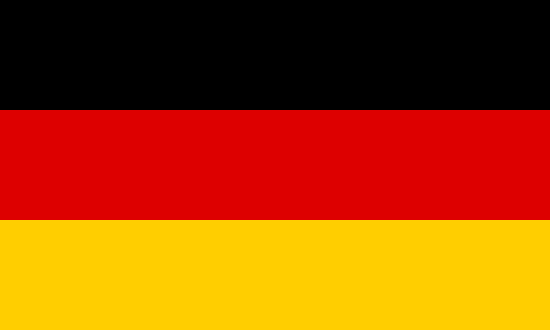"Kleve: Stadt mit Geschichte und Zukunft | Kleve: City with History and Future"
About:
Kleve is a town in North Rhine-Westphalia, Germany, founded around 1000 AD. It was the capital of the Duchy of Cleves from the 11th century until it was annexed by Prussia in 1815. The town was heavily damaged in World War II but has since been rebuilt. Today, Kleve is known for its university, the Rhine-Waal University of Applied Sciences, and its Baroque gardens, a popular tourist destination.
When to visit:
Kleve, a charming town located in the western part of Germany, experiences a temperate maritime climate. The best time to visit Kleve for a holiday is during the summer months, from June to August, when the weather is mild and pleasant. This period allows visitors to explore the town's historical landmarks, such as the Schwanenburg Castle and the Museum Kurhaus Kleve, in comfortable conditions. Additionally, the summer season offers various outdoor activities and events for tourists to enjoy during their stay in Kleve.
When to avoid:
Traveling to Kleve, Germany during the winter months, particularly in January and February, can be considered the worst time for a holiday visit. The region experiences cold temperatures, frequent rain, and occasional snowfall during this time, making outdoor activities less enjoyable. Many attractions and local businesses may have reduced operating hours or even be closed altogether during the off-peak season. Additionally, the lack of vibrant foliage and festive atmosphere that can be found during the spring and summer months may detract from the overall travel experience.
Winter (Dec-Feb)
Kleve, Germany experiences its coldest period from December to February, with temperatures often dipping below freezing. Snowfall is common, making the landscape picturesque yet chilly. Days are short with about 8 hours of daylight, often obscured by cloud cover. The wettest month is usually August, with an average rainfall of 76mm. An average winter day for a visitor might involve brisk walks in the frosty air, warming up in cosy cafes, and appreciating the snow-dusted architecture under grey skies.
Summer (June - August)
The warmest part of the year in Kleve, Germany, typically spans from June to August, known as the summer season. During this period, the average high temperatures range from 20°C to 23°C (68°F to 73°F), while the lows can drop to around 12°C to 14°C (54°F to 57°F) at night.
Rainfall during the summer season is relatively moderate, with monthly averages ranging from 60mm to 80mm. Despite the occasional rain, there's still plenty of sunshine, with about 7 to 8 hours of sunlight per day on average. This makes it an ideal time for outdoor activities and sightseeing.
Humidity levels in Kleve during the summer are generally comfortable, typically hovering around 70%. This, combined with the moderate temperatures, creates a pleasant, warm climate without it being overly muggy or uncomfortable.
Cloud cover varies, but generally, summer days are partially cloudy, with clear or mostly clear conditions about 30% of the time. This means you'll likely experience a mix of sun and clouds on any given day.
A typical summer day in Kleve for a visitor would start with a mild morning, warming up to a comfortably warm afternoon. There might be occasional showers or thunderstorms, but they're usually short-lived and followed by clear skies. The humidity is not typically oppressive, making it comfortable for outdoor exploration. Evenings are cooler, perfect for leisurely walks or dining al fresco.
Language:
In Kleve, Germany, the most commonly spoken language is German, as it is the official and predominant language of the country. Additionally, due to its location near the Dutch border and its diverse population, Dutch and English are also frequently spoken.




